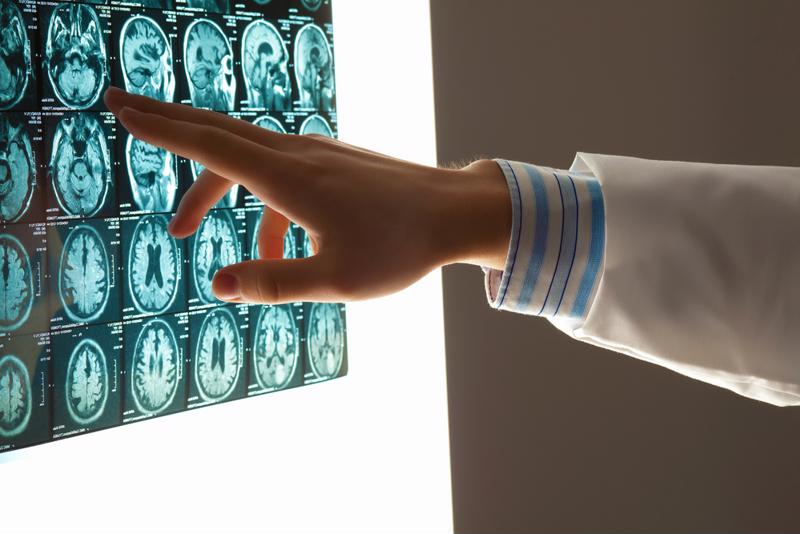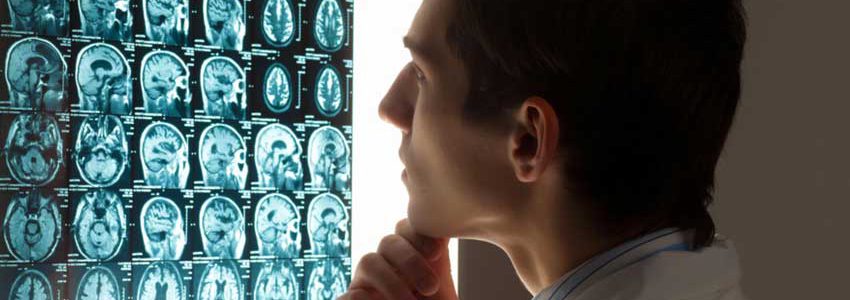A highly complex organ, scientists and doctors still have much to learn about the human brain. However, they have made important developments in their understanding of traumatic brain injuries, or TBIs. Let’s take a closer look at the injury and its therapy methods:
What causes TBIs?
TBI is caused by a blow or other injury to the head that harms the brain. According to MedlinePlus, half of all TBIs in the U.S. are due to car accidents. However, they can also be caused by sports activity, falls or violent acts.
There are varying degrees of damage caused by TBIs. The injury can be mild, with the brain returning to normal function after a relatively short period of time. Then there are more severe cases that can cause long-term issues and require more intensive care. Repeated mild TBIs can make an individual at higher risk of developing a more serious brain injury.
 TBIs require immediate medical attention.
TBIs require immediate medical attention.As the American Speech-Language Hearing Association notes, the specific changes included under the umbrella of TBIs can be blood clots or bleeding in the brain as well as skull fractures.
What are the impacts of TBIs?
TBIs can cause many physical and mental changes in an individual, including:
- Impaired cognitive abilities.
- Poor memory.
- Changes in social skills.
- Difficulty speaking or reading.
- Confusion.
- Lack of coordination.
- Mood or behavior changes.
- Dizziness.
- Nausea.
- Changes in sleep patterns.
The symptoms can vary depending on the seriousness of the injury. More severe cases can cause a loss of consciousness for periods of time, extreme changes in mood and behavior and significant decline in cognitive abilities.
Treating TBIs
If an individual receives a TBI, it is critical that they receive medical attention immediately. Often the person needs extensive rest to aid recovery, and sometimes he or she may be sent to the intensive care unit.
After this initial response, there are short- to long-term treatment and therapy plans available for those with TBIs. The individual may be assigned a team of specialists, potentially including speech-language pathologists, psychologists, rehabilitation nurses, neuropsychologists, occupational and physical therapists and social workers, according to the Brain Injury Association of America. Individuals with TBIs are often placed on rehabilitation plans, which can include acute, postacute and subacute rehabilitation programs, and may also receive home health services and outpatient therapy.
“Individuals with TBIs are often placed on rehabilitation plans.”
As the BIAA explains, these treatment methods are designed to help people with TBI re-learn how to accomplish daily tasks, improve their cognitive functioning and re-learn abilities that may have been lost due to the injury.
Innovations in TBI therapy
There have been developments in the treatment and therapy models designed to address TBI.
A major one is the TBI Therapy developed by Dr. John Hughes, D.O., and practiced at his Colorado-based clinic. This method uses regenerative therapies including intranasal platelet rich plasma therapy, intranasal stem cell therapy, hyperbaric oxygen therapy as well as special diet to rebuild normal brain function in TBI patients. Used together, the technique takes a proactive approach with the intention of helping individuals improve daily functioning, emotional psychology and cognition, instead of simply managing the effects of the injury for the rest of their lives or seeing little brain-function improvement.
This type of therapy reflects the increased understanding of and sophistication surrounding TBI treatment. Research gains have been made surrounding TBIs as they potentially connect with chronic traumatic encephalopathy, or CTE, which has received growing media attention due to its connection with concussions received by football players.
As the BIAA states on its website, “Brain injury is not an event or an outcome. It is the start of a misdiagnosed, misunderstood, under-funded neurological disease.” It is important that health care professionals and scientists continue studying the condition, its implications and innovative treatment methods to discover ways to help rebuild the brain and improve the quality of life for people with TBIs.

